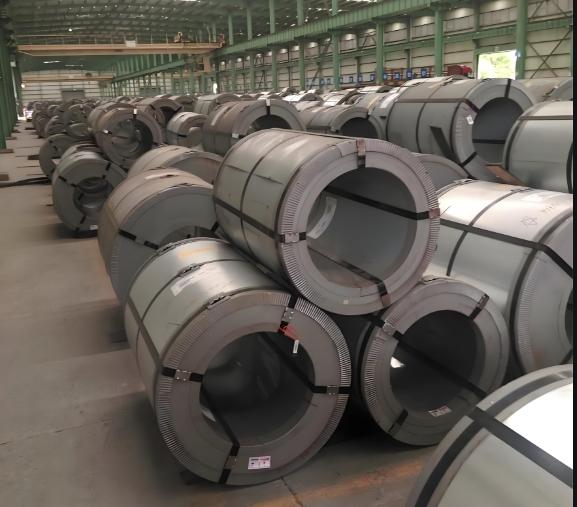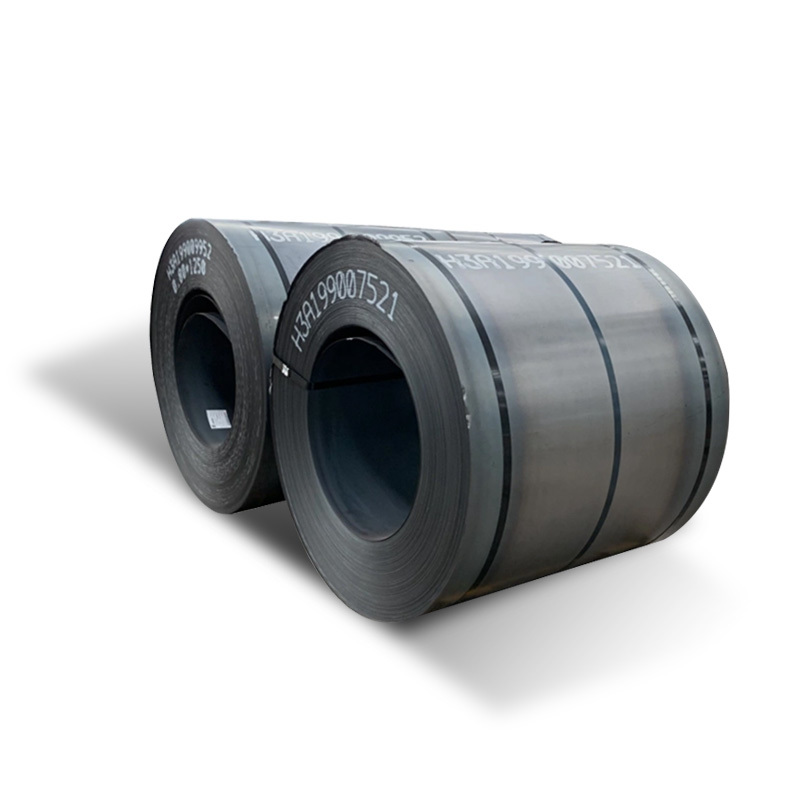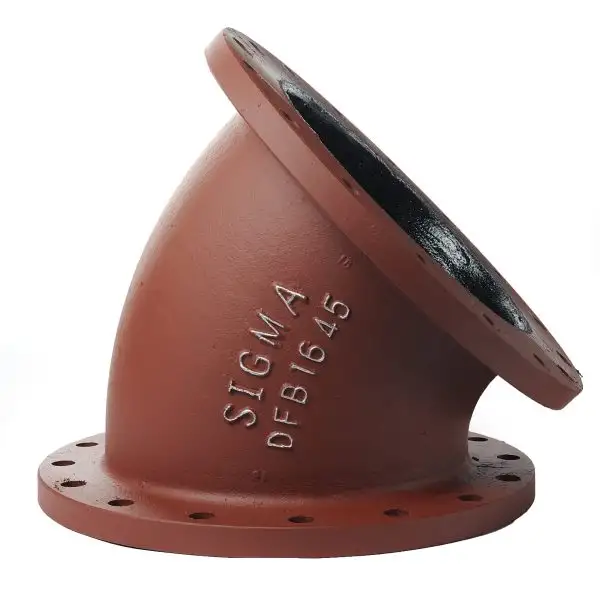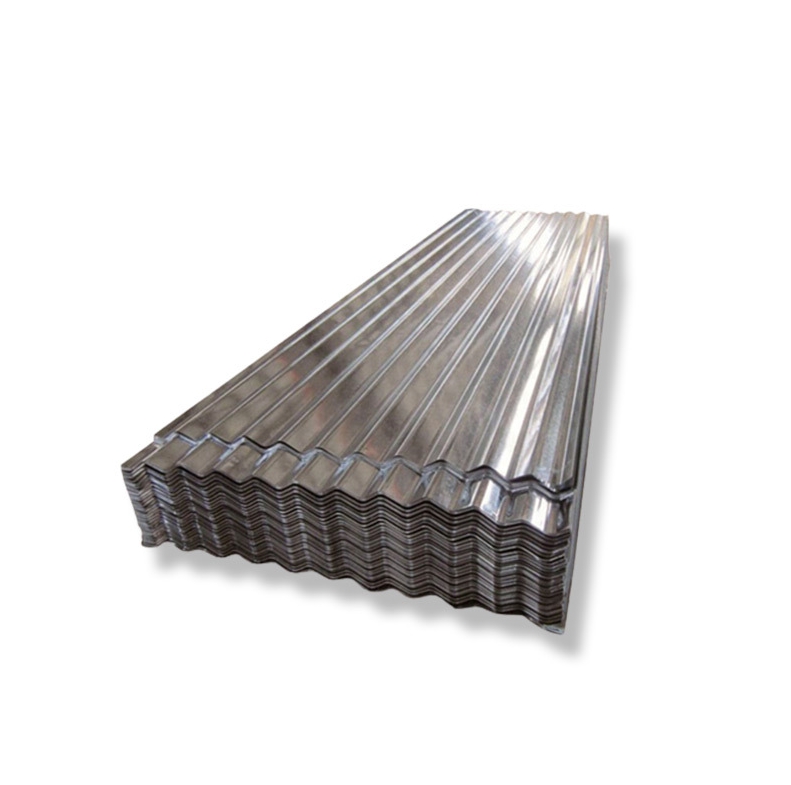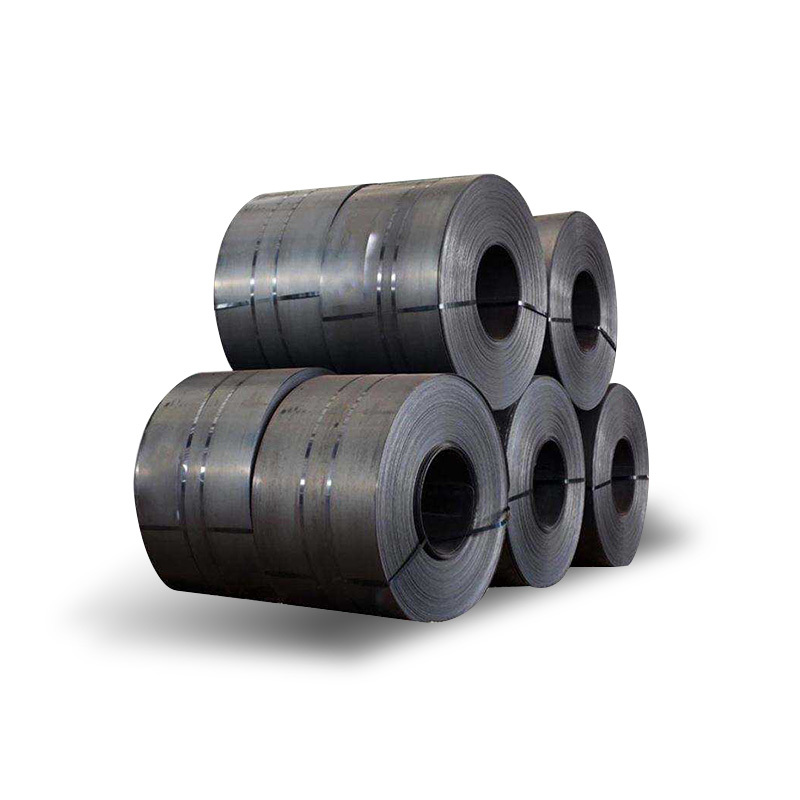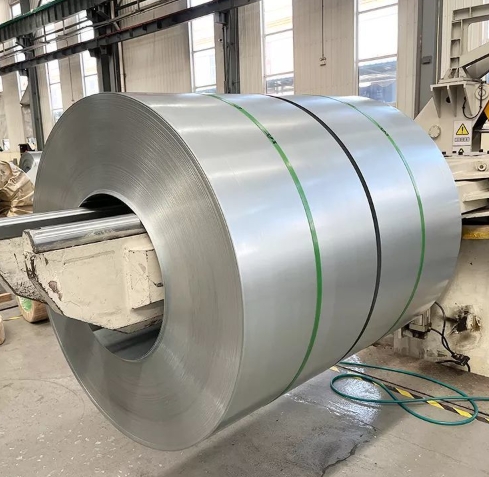Introduction: The Role of Carbon Steel in Manufacturing
Carbon steel is one of the most versatile materials in manufacturing due to its durability, strength, and relatively low cost. Among the various grades of carbon steel, A283 and Q195 are two commonly used types in the industry. These steel coils are known for their excellent weldability, formability, and ease of fabrication, making them ideal for a wide range of applications in manufacturing processes. But why should manufacturers choose A283/Q195 carbon steel coil over other materials? In this article, we will explore the key benefits, applications, and performance of A283 and Q195 steel coils, helping manufacturers make an informed decision.
1. Overview of A283 and Q195 Carbon Steel Coils
Problem: The Challenge of Choosing the Right Steel for Manufacturing
Selecting the right material for manufacturing is crucial, as it directly affects production efficiency, product quality, and cost. With so many options available, manufacturers often struggle to choose the best steel grade for their needs.
Solution: A Breakdown of A283 and Q195 Carbon Steel Coils
-
A283 Carbon Steel Coil: A low-carbon steel grade primarily used for structural and general-purpose applications. It has a yield strength of around 275 MPa, making it suitable for moderate-strength applications.
-
Q195 Carbon Steel Coil: A Chinese grade of carbon steel that offers good formability and weldability. It is commonly used in construction, automotive, and light-duty applications.
2. Key Advantages of Using A283/Q195 Carbon Steel Coils
Problem: Identifying the Benefits of A283 and Q195 Steel
Understanding the benefits of a material is essential in making the right choice for your manufacturing project. For A283 and Q195 carbon steel coils, the advantages largely revolve around their cost-effectiveness, ease of fabrication, and versatile applications.
Solution: Top Benefits of A283 and Q195 Steel
| Feature | A283 Carbon Steel Coil | Q195 Carbon Steel Coil |
|---|---|---|
| Cost | Relatively inexpensive | More affordable in some regions |
| Weldability | Excellent for welding | Excellent for welding |
| Strength | Moderate tensile strength | Lower tensile strength, ideal for light-duty |
| Formability | Good for shaping | Excellent formability |
| Corrosion Resistance | Moderate | Moderate |
Case Study: Choosing Between A283 and Q195
In a recent project, I had to choose between A283 and Q195 carbon steel coils for a series of industrial equipment parts. We chose A283 for its higher tensile strength, which was crucial for parts that would undergo heavy load. However, for lighter applications like brackets and support structures, Q195 was the more cost-effective option.
3. Applications in Manufacturing: Where to Use A283 and Q195 Steel
Problem: Selecting the Right Steel for Specific Manufacturing Needs
Each steel grade has its ideal use case, and using the wrong type can lead to increased costs or poor product performance. It’s essential to understand the best applications for A283 and Q195 carbon steel coils.
Solution: Where A283 and Q195 Steel Shine
-
A283 Carbon Steel Coil: Ideal for structural applications like bridges, buildings, and machinery. It is also used in the manufacturing of pipes, tanks, and pressure vessels.
-
Q195 Carbon Steel Coil: Commonly used in the construction of vehicles, light-duty industrial machinery, and general-purpose components.
4. Mechanical Properties and Performance Comparison
Problem: How Do A283 and Q195 Compare to Other Steel Grades?
It’s essential to understand how the mechanical properties of A283 and Q195 compare to other common steel grades like A36 or Q235. This comparison helps determine which material is the best fit for a given application.
Solution: Comparing A283 and Q195 with Other Grades
| Steel Grade | Yield Strength (MPa) | Tensile Strength (MPa) | Elongation (%) |
|---|---|---|---|
| A283 | 275 | 400-550 | 23-30 |
| Q195 | 195 | 235-375 | 26-30 |
| A36 | 250 | 400-550 | 20-25 |
| Q235 | 235 | 375-500 | 20-25 |
As we can see, A283 offers a higher yield strength than Q195, making it more suitable for structural applications that require moderate strength. Q195, on the other hand, is better for applications that don’t demand as much tensile strength but benefit from lower cost.
5. Cost-Effectiveness of A283 and Q195 Carbon Steel Coils
Problem: Balancing Cost with Performance
For manufacturers, the cost of raw materials is a significant factor in project budgeting. Choosing a steel that balances both cost and performance is crucial for maintaining profitability.
Solution: Cost Breakdown for A283 and Q195
| Steel Grade | Price (USD per ton) | Cost per Unit of Strength |
|---|---|---|
| A283 | $600-$750 | Higher |
| Q195 | $450-$650 | More affordable |
In terms of cost-effectiveness, Q195 generally offers a more affordable option for less demanding applications. However, A283 provides better value for money when you need a material with higher strength for critical components.
6. Weldability and Fabrication: The Ease of Working with A283 and Q195
Problem: How Important is Weldability in Manufacturing?
For many manufacturing projects, the ease of welding is a key consideration. Both A283 and Q195 steel coils are known for their good weldability, but understanding how they perform during fabrication can guide your choice.
Solution: Comparing the Weldability of A283 and Q195
Both A283 and Q195 steel coils are well-suited for welding processes like arc welding and gas welding. However, A283 has slightly better weldability due to its higher carbon content, which gives it more strength and durability after welding. On the other hand, Q195 is more easily formed and shaped, making it ideal for parts that don’t require heavy welding.
Conclusion: Why Choose A283/Q195 Carbon Steel Coil in Manufacturing?
Choosing A283/Q195 carbon steel coil for manufacturing projects offers several advantages, including excellent weldability, good formability, and a balance of cost and performance. While A283 is better suited for high-strength applications, Q195 excels in cost-effectiveness for lighter-duty tasks. Understanding the specific needs of your project and the steel’s mechanical properties can help you make an informed decision.
Step-by-Step Guide to Choosing the Right Steel Coil
Step 1: Identify Your Project’s Strength Requirements
-
Determine whether your application requires high tensile strength or if lighter-duty steel will suffice.
Step 2: Evaluate the Steel’s Weldability
-
Ensure the steel can be easily welded using your preferred methods.
Step 3: Compare Prices and Budget Constraints
-
Consider your project’s budget and select the most cost-effective steel that meets your needs.
Step 4: Review Mechanical Properties
-
Compare yield strength, tensile strength, and elongation to find the best match.
Step 5: Make the Final Selection
-
Choose between A283 or Q195 based on your project’s requirements.
Common Mistakes to Avoid
⚠ Don’t Choose Solely Based on Price: While Q195 is more affordable, it may not provide the necessary strength for high-demand applications.
⚠ Overlooking Fabrication Needs: Some projects require specific forming or welding capabilities, so ensure the material is easy to work with.
⚠ Not Considering Long-Term Durability: While Q195 may be cheaper, A283 can offer better long-term durability in structural applications.
Practical Checklist for Choosing the Right Carbon Steel Coil
-
Identify the required strength and mechanical properties.
-
Confirm weldability and fabrication requirements.
-
Review the cost of materials and compare with your project’s budget.
-
Evaluate the environmental conditions (e.g., exposure to weather or chemicals).
-
Select a reputable supplier, such as Shanxi Luokaiwei Steel Company, for consistent quality.
By understanding the differences between A283 and Q195 carbon steel coils, you can make the right choice for your manufacturing project. If you need further assistance or want to place an order, feel free to contact Shanxi Luokaiwei Steel Company at [email protected].


